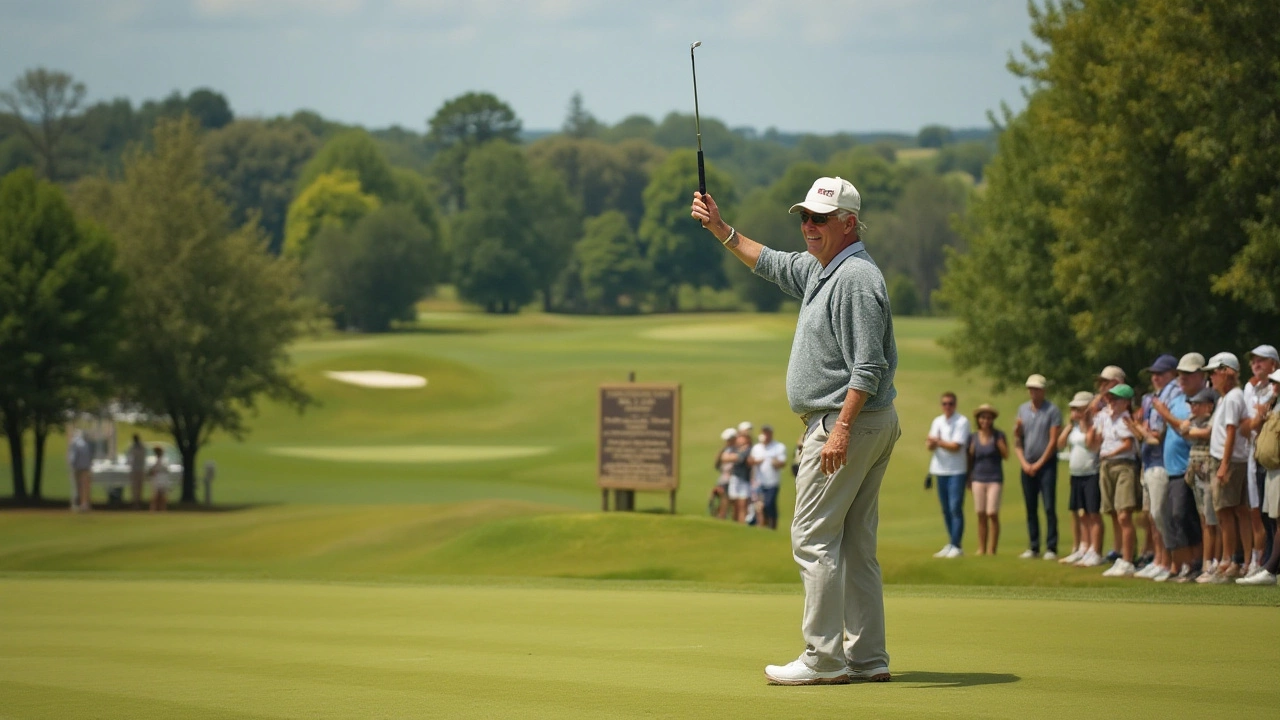History of Birdie: The Story Behind Golf’s Favorite Score
Ever wonder why a score one under par is called a “birdie”? It isn’t just a cute nickname – it’s a piece of sports folklore that dates back to the late 1800s. When you hear a player shout “birdie!” on the course, they’re echoing a tradition that started in a small American club and spread worldwide.
Where the Word ‘Birdie’ Came From
The first recorded use of birdie in golf was at the Atlantic City Country Club in New Jersey, 1903. A group of golfers were playing a tough hole and one of them managed to finish it one stroke under par. He joked that the score was “a bird,” borrowing the slang of the day where “bird” meant something excellent or admirable. The term caught on quickly, and by the next year American newspapers were printing “birdie” as a standard scoring term.
Back then, “bird” wasn’t a golf term at all – it was part of early 20th‑century slang for anything impressive. Think of today’s “awesome” or “cool.” When the word migrated to the green, it gave players a fun, short way to announce a great shot without sounding too formal.
How Birdie Became Part of Golf’s Language
As the sport grew, so did the need for a simple scoring vocabulary. “Birdie” fit perfectly because it was easy to shout across the fairway and instantly understood by fellow golfers. By the 1920s the term appeared in golf magazines, rulebooks, and even instructional guides. It wasn’t just a novelty; it became an accepted part of the official scoring system.
Other bird‑related terms followed – “eagle” for two under par, “albatross” for three under, and the rarely seen “condor” for four under. All of them share the same linguistic lineage: they started as playful slang and morphed into the formal language of the game.
Today, a birdie is more than a score; it’s a marker of skill, focus, and a little bit of luck. Coaches use it to set targets for beginners, and tournament broadcasters count every birdie as a sign of a player’s momentum. Even casual players chase birdies because they make a round feel rewarding.
Understanding the history of birdie adds a layer of appreciation the next time you hear that crisp “birdie!” echo across the green. It reminds us that golf isn’t just about numbers – it’s about the stories that turn a simple stroke into a shared tradition.
If you’re teaching a new golfer, try sharing this backstory. It turns a technical term into a fun anecdote, and that extra context often helps students remember the word and the excitement behind it. So next time you sink a shot that lands you one under par, shout it loud, smile, and think about the early 1900s players who first coined the term.

The Origin and Meaning Behind 'Birdie' in Golf
Maeve Larkspur Aug 27 0Discover why the term 'birdie' is used in golf, delving into its origins, history, and significance in the sport. Learn about the fascinating story and people behind its introduction into golfing language and understand how it has become an integral part of the game. This article offers insights and interesting facts about how this golf term continues to charm players worldwide.
More Detail